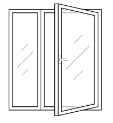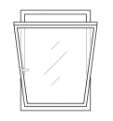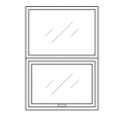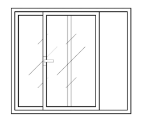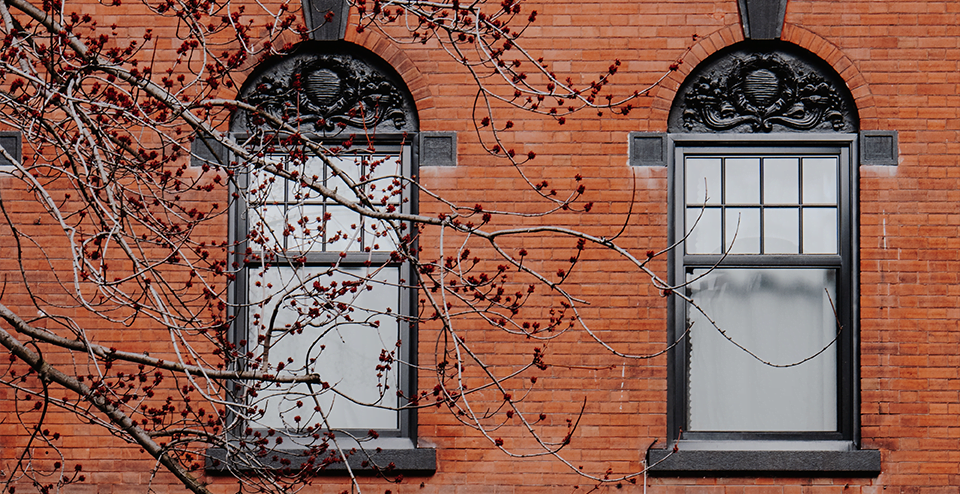When the time comes to shop for windows, you’ll find that there’s a vast selection of models to choose from. Casement, tilt-turn, awning. . . the list goes on and on. Today’s blog entry provides an overview of the different window types (which are classified by how they open) to help guide you in choosing the one best suited to your intended use and the specific features of your residential project.
Casement windows
Casement windows are one of the most common styles in Québec. They open outwards by means of a crank. This design is remarkably airtight, because the sash (the panel that holds the glass) exerts firm pressure on the gaskets every time it is closed.
Casement windows are well suited to a variety of architectural styles, from classical to contemporary, and they open as far as 90 degrees to make cleaning easier. The Energium line from GIT offers multiple options for outward-opening windows of this type.
Guillotine/hung windows
Guillotine or hung windows consist of superimposed sashes that slide vertically. The sashes move up and down independently, which makes maintenance easy and reduces dust build-up.
This window type is perfectly suited to older buildings as well as more modern construction. Since it isn’t an extruding window (i.e., it doesn’t open outwards), it’s an especially safe design for balconies and terrasses. Energium GIT’s line includes a guillotine model, which blends traditional esthetics with modern functionality.
Tilt-turn windows
Tilt-turn windows can be opened two different ways: tilting inwards from the top or turning inwards from the side. This versatility makes them ideal for use in changing weather conditions, as it allows you to control ventilation while maintaining superior airtightness.
These features mean that this type of window can also serve as a door, making it even more useful. The Euro line from GIT includes this type of window, which combines ruggedness and performance.
Awning windows
An awning window opens from the bottom outwards, using a crank. This design allows you to open the window and enjoy continuous ventilation even if it’s raining. If offers excellent sealing properties, making it ideal for use in kitchens, basements and bathrooms.
Awning windows can be installed in any type of building. GIT offers them as part of its Energium line.
Fixed windows
A fixed window (sometimes called a picture window) lets more natural light in and offers greater security, while being more economical. It is perfect for buildings with large façade window openings. Since they have no opening mechanism, fixed windows can be made very tall and wide.
This type of window is also a popular choice as a decorative element above a door. GIT fixed windows are available in the Euro, Energium and Classique lines. Each of these is designed to cater to different esthetic preferences while emphasizing functionality.
Slider windows
The distinguishing feature of slider windows is their horizontal sliding mechanism. They don’t open to the outside, which makes them ideal for use in restricted spaces.
Slider windows are economical and easy to maintain, with tracks that limit build-up of debris. The Classique and Energium lines from GIT include this type of window, which offers a practical, affordable solution for a wide range of spaces.
Aluminum: your guarantee of quality and durability
Windows can be manufactured with different materials, the most common being aluminum and PVC. Key advantages of aluminum windows include durability and ease of maintenance. Aluminum is an infinitely recyclable metal, lasts longer, and needs far less maintenance, unlike PVC, which requires special attention.
Window types: summing up
There’s a type of window for every need and every style of house. Our advice is that you carefully consider your needs and the specific features of your project before making a choice. If in doubt, feel free to contact us for guidance in selecting the right type!
Ready to go from plans to building? Ask for your free estimate.
